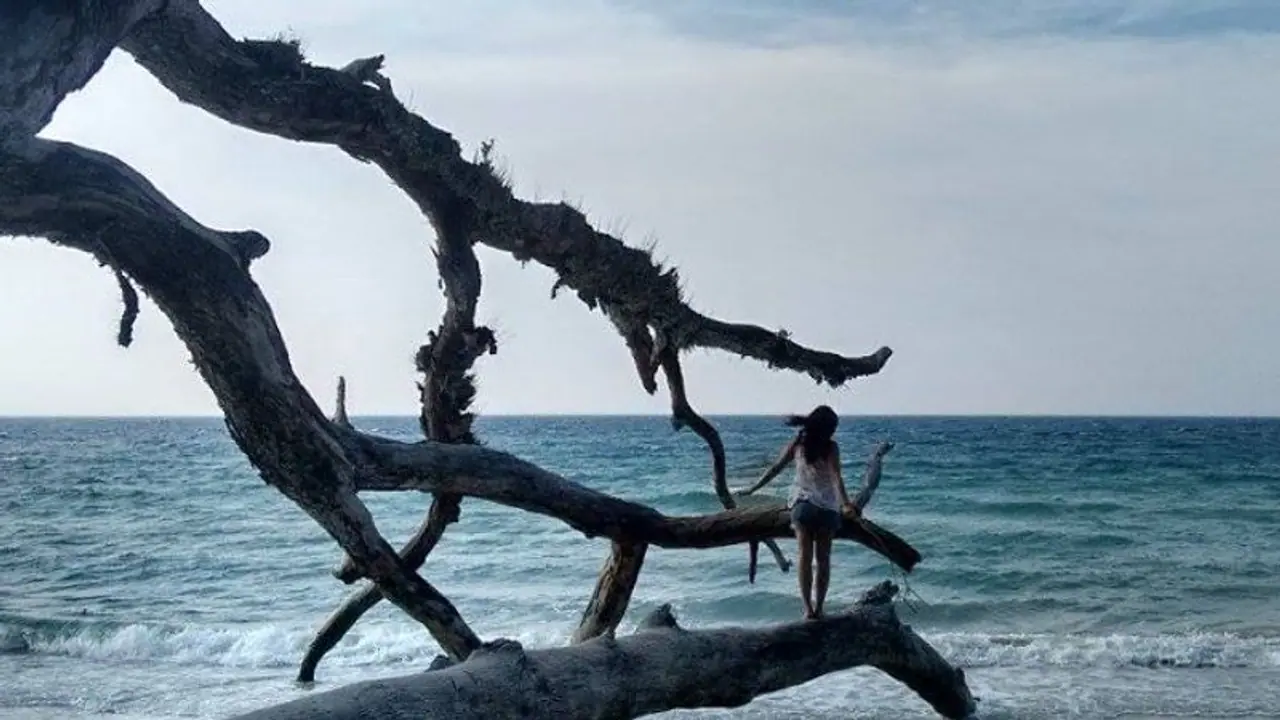The project site is within a 10 km radius of the Galathea Bay National Park and the Campbell Bay National Park but is outside the ecologically-sensitive zone notified around the two national parks.
The Union environment ministry on Wednesday has given its nod for the development of a strategically-crucial, multi-component mega project in the Great Nicobar Island which will involve felling of around 8.5 lakh trees in pristine rainforests, loss of 12 to 20 hectares of mangrove cover and considerable coral translocation.

According to reports, the project involves development of a military-civil, dual-use airport, international container trans-shipment terminal, a gas, diesel, and solar-based power plant, and a township. A letter from the Union home ministry dated March 30 to the environment ministry stated that the airport proposed at Gandhi Nagar-Shastri Nagar area would be a joint military-civil, dual-use airport, under the operational control of the Indian Navy.
Also read: Space agency ISRO successfully tests hybrid motor to strengthen future rockets
"This project is for defence, strategic, national security, and public purposes. In view of this, the portion of deliberation made for the airport component may not be made public," it said.
The Great Nicobar Island (GNI), which is the southernmost part of the Indian territory, is one of the most strategically important areas. The Andaman and Nicobar Islands provide India a commanding geostrategic presence in the Bay of Bengal and access to South and Southeast Asia.
The project is likely to affect 1,761 people, including the indigenous Shompen and Nicobarese communities. The island is home to rare flora and fauna including the leatherback sea turtles, Nicobar megapode -- a flightless bird endemic to the Nicobar islands; Nicobar Macaque and saltwater crocodiles.
Also read: AIIMS doctor fired for taking money for surgery; Center seeks report
The project site is within a 10 km radius of the Galathea Bay National Park and the Campbell Bay National Park but is outside the ecologically-sensitive zone notified around the two national parks. Three premier institutes -- Zoological Survey of India (ZSI), Wildlife Institute of India (WII) and Salim Ali Centre for Ornithology and Natural History (SACON) -- provided scientific inputs to the environment ministry's Expert Appraisal Committee (EAC) on the impact of the project on the flora and fauna of the GNI.
"While the ZSI categorically stated in its recommendation that the proposed project will not have impact on the flora and fauna of GNI and can be mitigated through stringent mitigation measures, the WII provided cautious inputs very specific to leatherback sea turtles, only suggesting that it has less site fidelity and can move to other suitable nesting areas in GNI," the minutes of the meeting read.
The EAC said it is clear that about 30 of the 51 active nests of Nicobar megapode within the proposed project areas will be permanently destroyed. SACON and WII have provided a 10-year mitigation plan in this regard.
Also read: 'PayCM' posters of QR code with CM Bommi's face surface in Bengaluru over corruption
The Department of Environment and Forests, Andaman and Nicobar (A&N) Administration has prepared a mangrove conservation and management plan.
The coral cover required to be translocated from the proposed site is around 10 hectares. Approximately 16,150 of the 20,668 coral colonies will be translocated.
The EAC has also directed the setting up of three independent committees to oversee pollution related matters, biodiversity and welfare and issues related to Shompen and Nicobarese tribes.
(With inputs from PTI)
